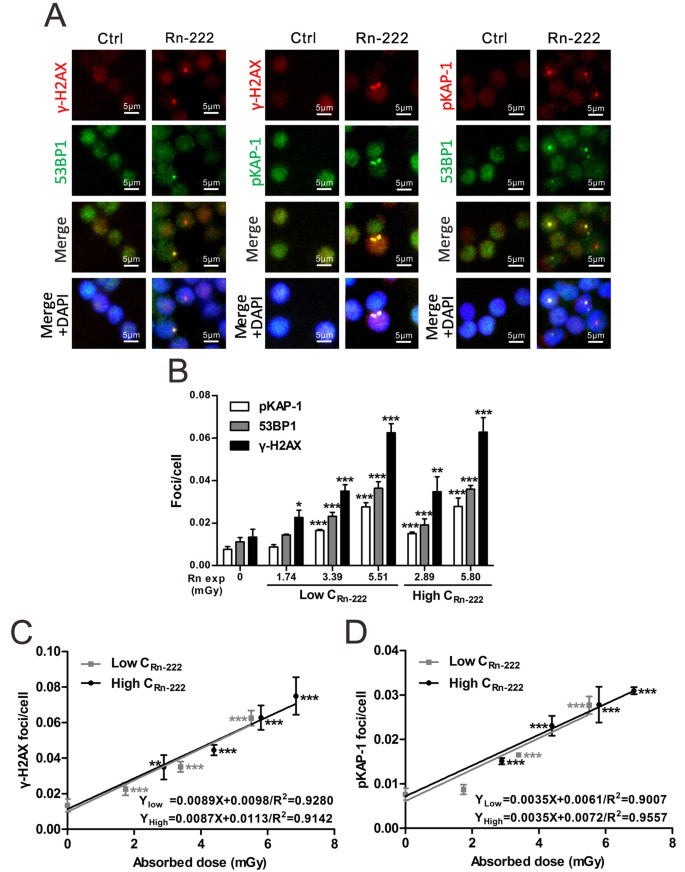Radiation Defense
Is radon really bad for you?
Breathing radon over time increases your risk of lung cancer. Radon is the second leading cause of lung cancer in the United States. Nationally, the EPA estimates that about 21,000 people die each year from radon-related lung cancer. Only smoking causes more lung cancer deaths.
For that reason, every home needs to take advantage of radon testing, which is simple, affordable, as well as lifesaving, the organization says. Some granite kitchen counters may subject individuals to different degrees of radon.
The systems can also shut out other dirt gases like, methane, trichloroethylene, chlorine, negative smells and water vapors. Having a residence with a radon mitigation system in place and maintaining the degrees low will certainly help in reducing lung cancer cells threat. There is concern circulating about the danger of lung cancer because of inhaled radon gas, as an outcome of the widespread attention offered to researches that connect lung cancer incidence to radon focus making use of a "straight no-threshold" (LNT) design. This design which lots of researchers claim is baseless as well as need to be scrapped anticipates a startling extra of cancers, also at reduced radon levels.
Is radon mitigation really necessary?
When radon gas enters the body, it exposes the lungs to small amounts of radiation. In small quantities, experts say this is harmless. However, in persistent exposures or larger quantities, radon can damage the cells of the lining of the lungs, increasing a person's chance of developing lung cancer.


This does not imply that a level listed below 4.0 pCi/L is thought about acceptable, as mentioned in the BEIR VI research study. It is estimated that a reduction of radon degrees to below 2 pCi/L nationwide would likely decrease the yearly lung cancer deaths attributed to radon by 50%. However, despite having an action degree of 2.0 pCi/L, the cancer cells threat presented by radon gas is still numerous times above the risks enabled carcinogens in our food as well as water.
- Lung cancer cells danger rises 16% per 2.7 pCi/L increase in radon exposure.
- Radon gas is a naturally-occurring byproduct of the contaminated degeneration of Uranium in the dirt.
- Relying on your geographical area, the radon levels of the air you breathe outside of your residence may be as high as 0.75 pCi/L.
- The United States EPA has put it simply, mentioning, "Any type of radon direct exposure has some danger of creating lung cancer.
How do you eliminate radon?
Possible symptoms include shortness of breath (difficulty breathing), a new or worsening cough, pain or tightness in the chest, hoarseness, or trouble swallowing. If you smoke and you know you've been exposed to high levels of radon, it's very important to quit smoking.
The EPA advises doing a 2nd examination to validate the preliminary findings if the examination results indicate radon levels at or above 4 pCi/L (picocuries per liter). If the average of both temporary radon tests is 4 pCi/L or greater, homeowners can take steps to decrease the radon focus. The EPA notes that considering that there is no safe level of radon gas direct exposure, reducing radon to below 2 pCi/L likewise helps reduce the variety of radon-related lung cancers. Take a breath enough radon throughout the years, and also it can increase your risk of lung cancer cells.
Radon gas enters houses from below, with cracks in the structures and floorings. With a lot of home owners recognizing relatively little about radon gas and its threats, there's plenty to find out before tackling the issue. Comprehending the range of radon direct exposure, the parts of the nation with the highest levels of gas manufacturing, and reduction expenses will prepare you for handling the challenge. This is among one of the radon1.com/blog/ most typically asked questions after, "What is radon testing?" The soil under your house isn't an arbitrary mix of dirt. You can't tell just by looking, but there are some contaminated elements that comprise common minerals as well as rocks discovered mixed into the soil throughout the country.
How long does it take for radon to cause cancer?
Fact: You will reduce your risk of lung cancer when you reduce radon levels, even if you've lived with an elevated radon level for a long time. Keep in mind that radon levels below 4 pCi/L still pose some risk and that radon levels can be reduced to 2 pCi/L or below in most homes.